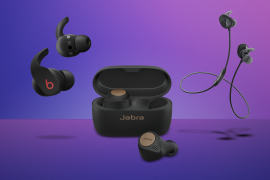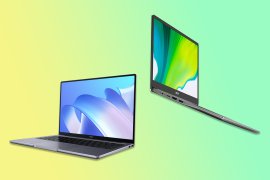OnePlus 13 review: more of the brilliant same
After a string of stellar handsets in recent years, OnePlus hits its teens with a blisteringly fast new flagship. It’s time to keep up with the 13…

Stuff Verdict
OnePlus adds some decent updates to what was already a great flagship
Pros
- The screen is absolutely beautiful
- Excellent battery capacity and longevity
- Super-powerful thanks to the Snapdragon 8 Elite
Cons
- Doesn’t have Oppo’s dedicated camera button
- Only a relatively small step on from the OnePlus 12
As I take the OnePlus 13 out of the packaging, it’s not a dissimilar feeling to when I unboxed last year’s OnePlus 12. The 13 is clearly different… but it also seems familiar. I guess that’s inevitable with most 2025 premium smartphones when most have moved towards a homogenised design.
The 13 seems distinctly ‘OnePlus’ in design to me, but that’s quite possibly because I’ve used the last few OnePlus flagship devices. We are at a bit of a crossroads with premium smartphone design; in some ways it feels like the future is foldable, while there’s a lot of pressure from below – mid-range and sub-premum phones are getting ever better. So can OnePlus convince me that I need to upgrade from my OnePlus 12?
How we test smartphones
Every phone reviewed on Stuff is used as our main device throughout the testing process. We use industry standard benchmarks and tests, as well as our own years of experience, to judge general performance, battery life, display, sound and camera image quality. Manufacturers have no visibility on reviews before they appear online, and we never accept payment to feature products.
Find out more about how we test and rate products.
Design: minor modifications
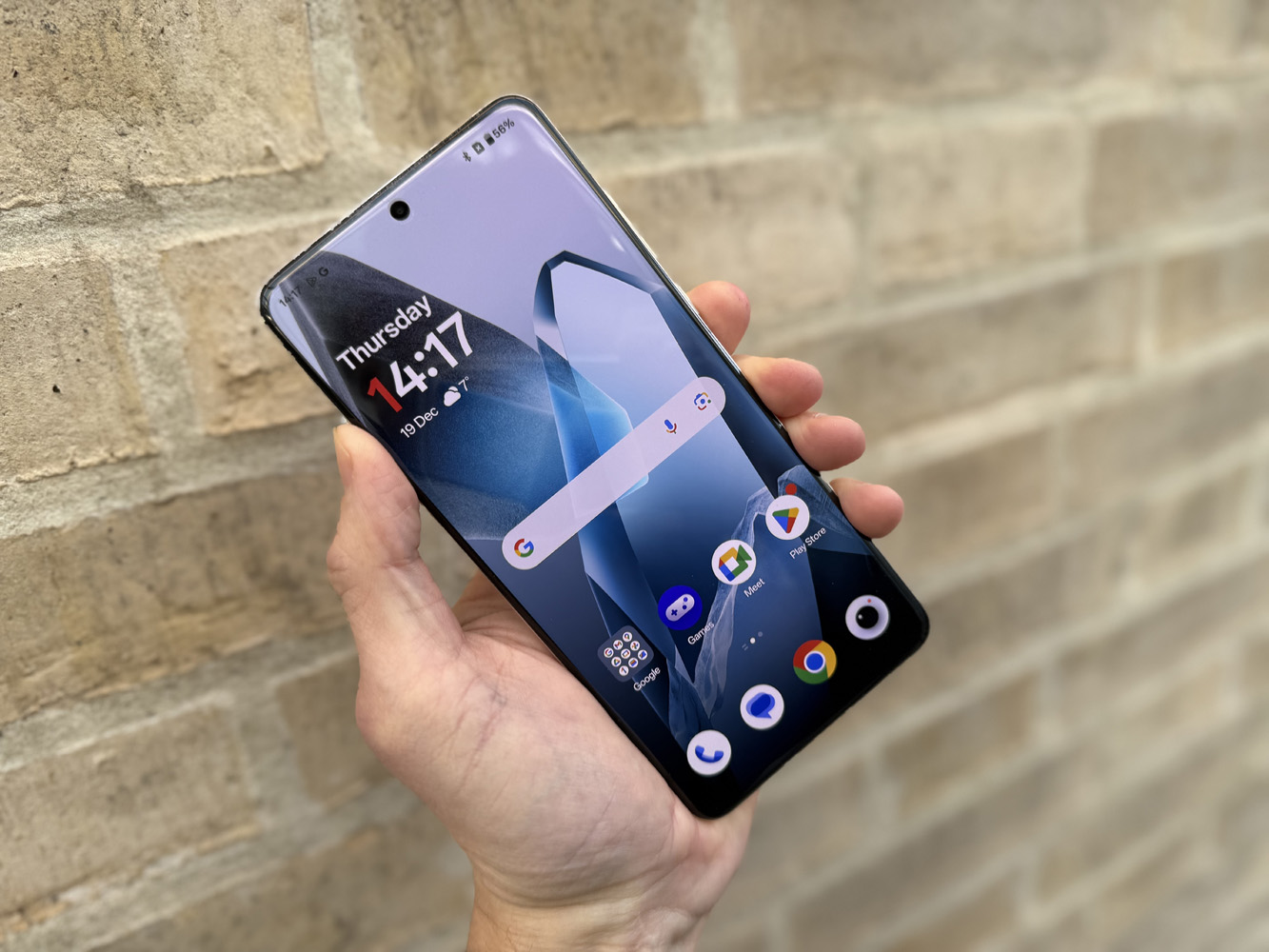
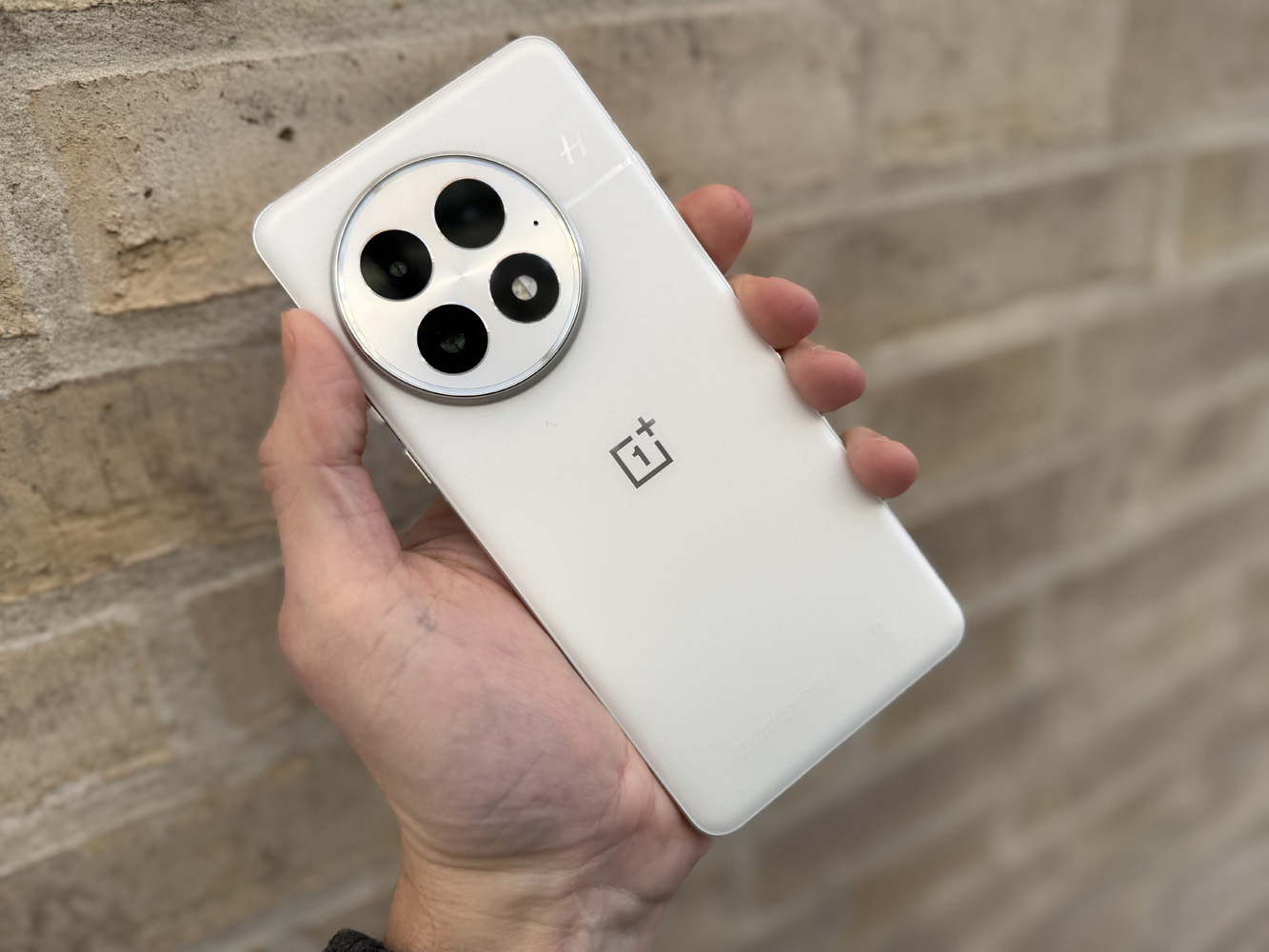
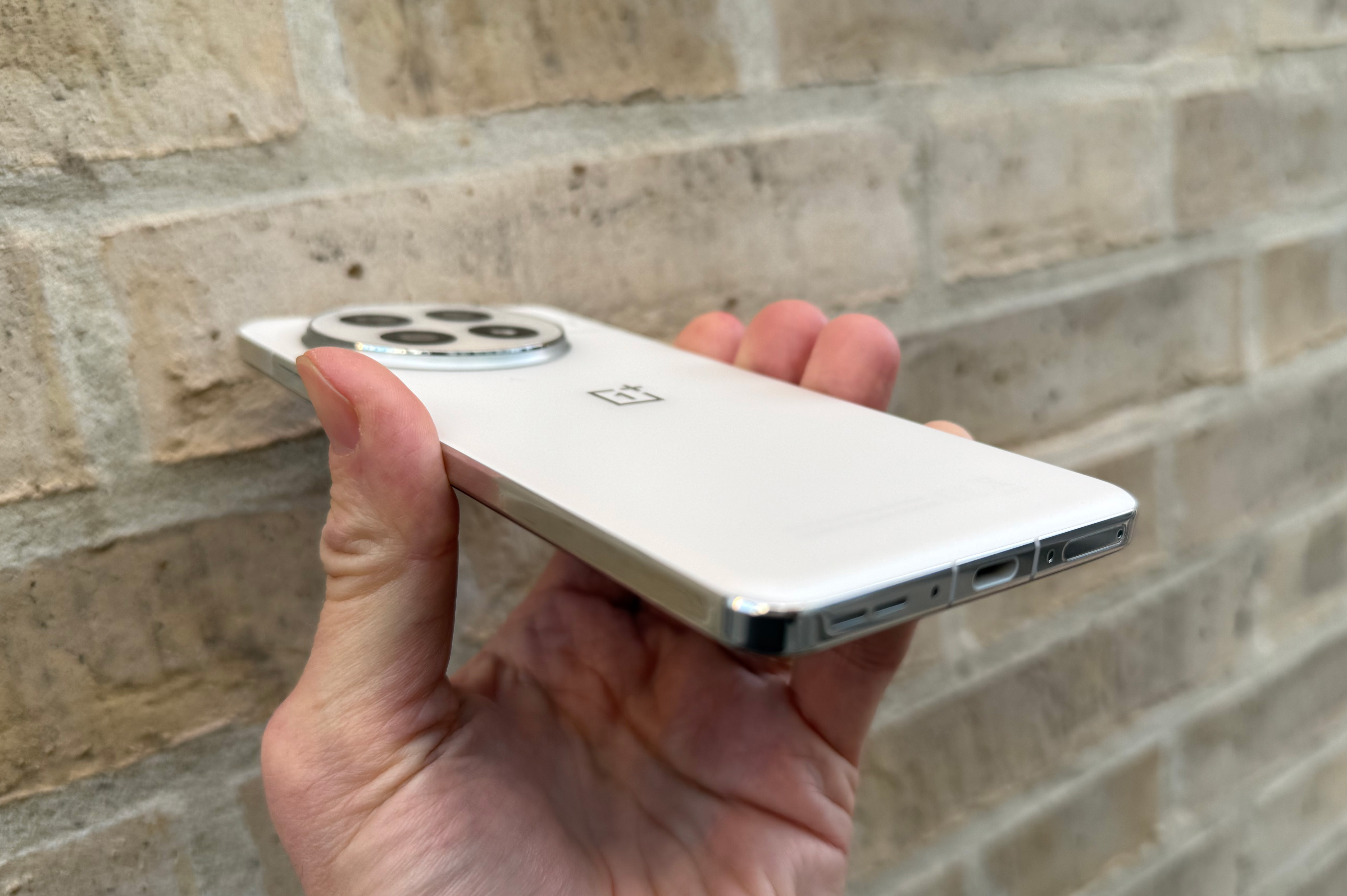
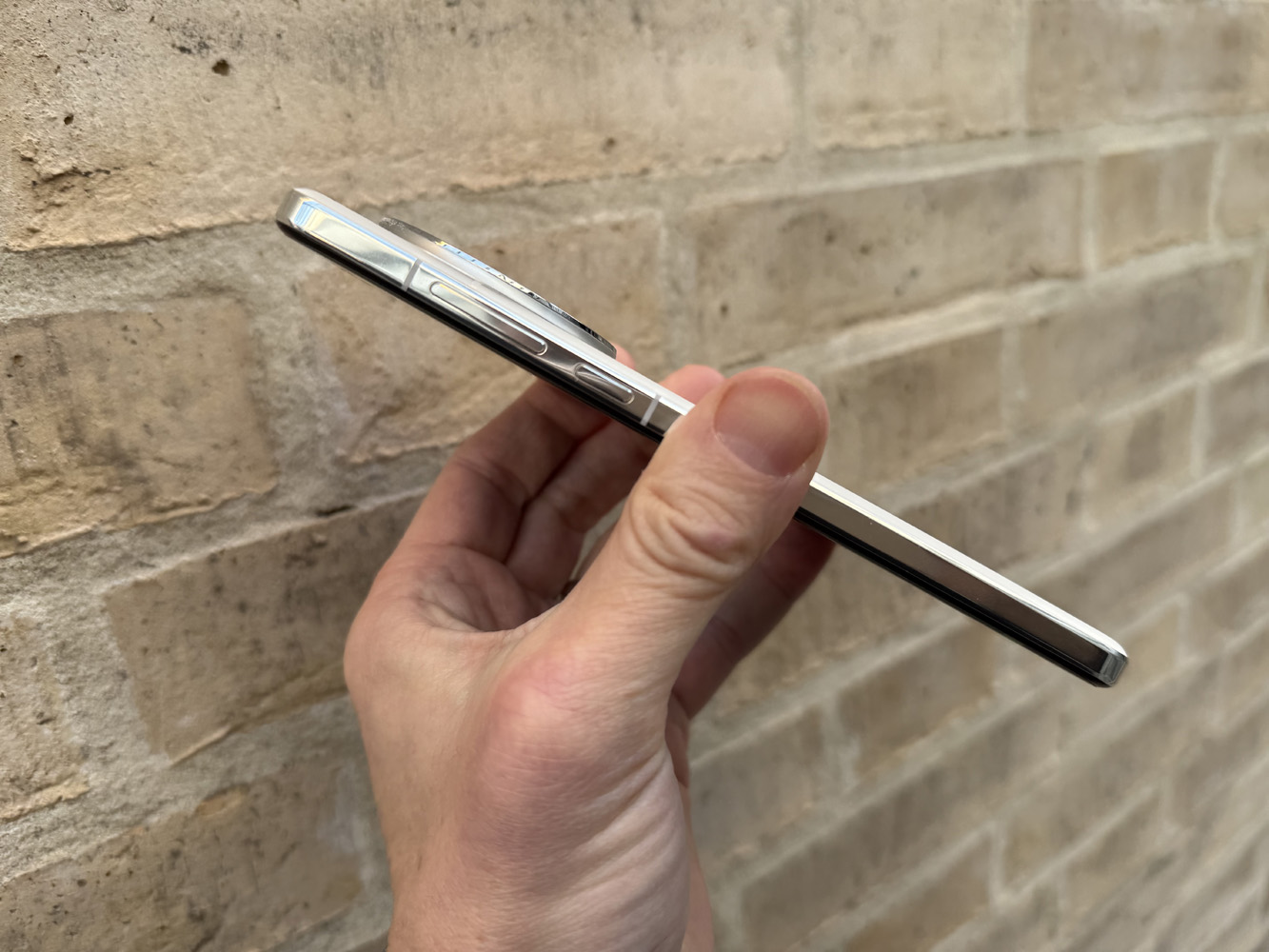
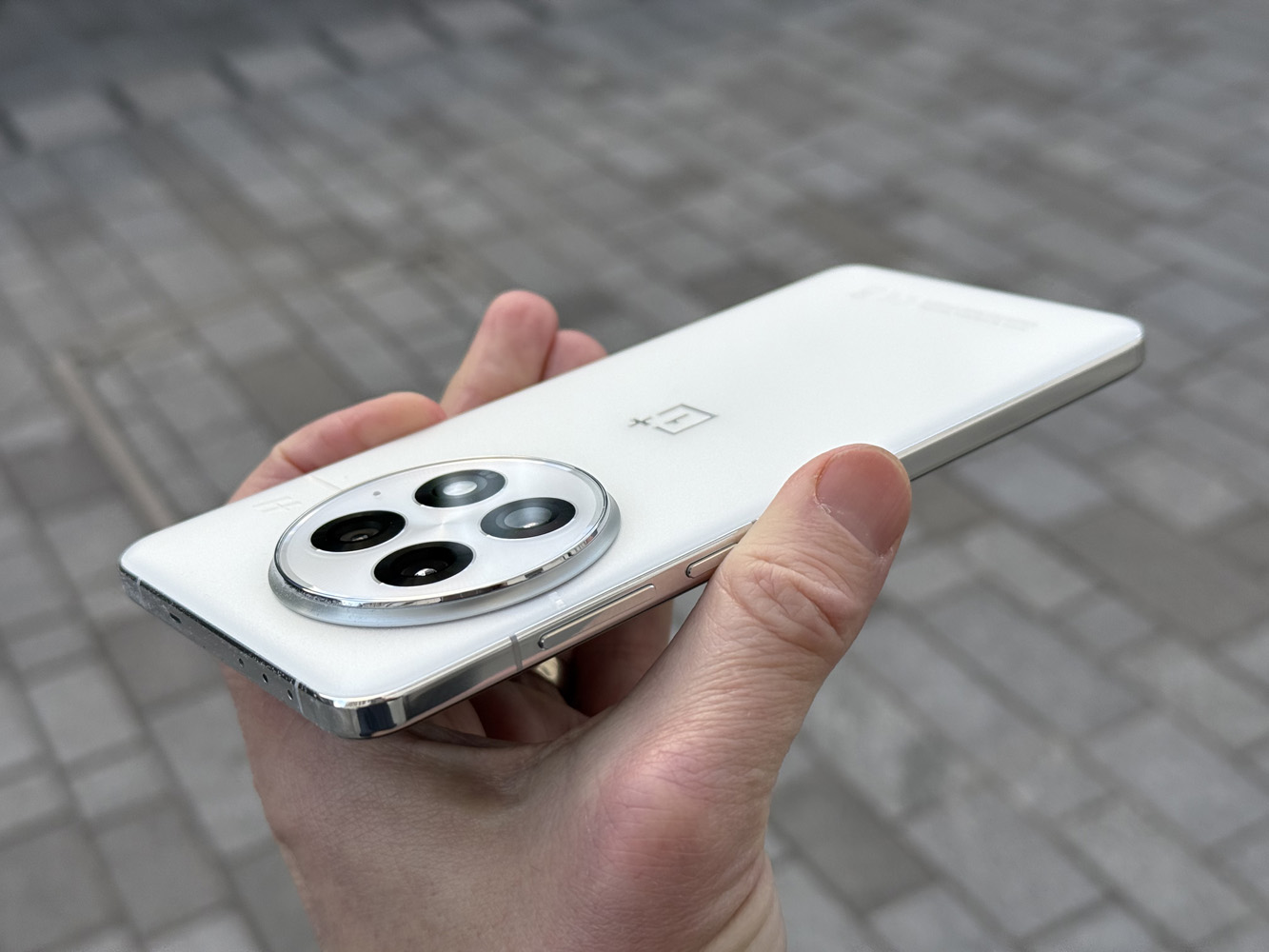
It’s a reasonably weighty handset, now with angular sides similar to those of the foldable OnePlus Open, and the rear cameras again live in an off-centred circular housing. The white finish I’ve got is really stunning, and it’s smooth to the touch. There’s also ‘H’ branding next to the camera roundel signifying that, once again, Hasselblad has been involved in the software.
This finish resists fingerprints completely, but the flat edges of the phone are glossy so there’ll soon be smears there. Still, it’s nothing compared to early glossy phones – which were fingerprint magnets all over.
The 13 is priced slightly higher than the £849 launch price of the OnePlus 12 at $899/£899. That’s for the 256GB version. A 512GB version is also available for $999/£999.
This does feel like it has a high price when you can pick up one of 2024’s best for less than $600/£600 right now (I’m thinking of the Google Pixel 9), so that means this phone needs to be significantly better than last year’s flagships to make it a worthwhile upgrade from any recent offering.
As with previous OnePlus flagships, there’s a value-packed ‘R’ version also available, too. The OnePlus 13R is available for $699/£679. We’ll review that separately when we can.
Display: going ultrasonic
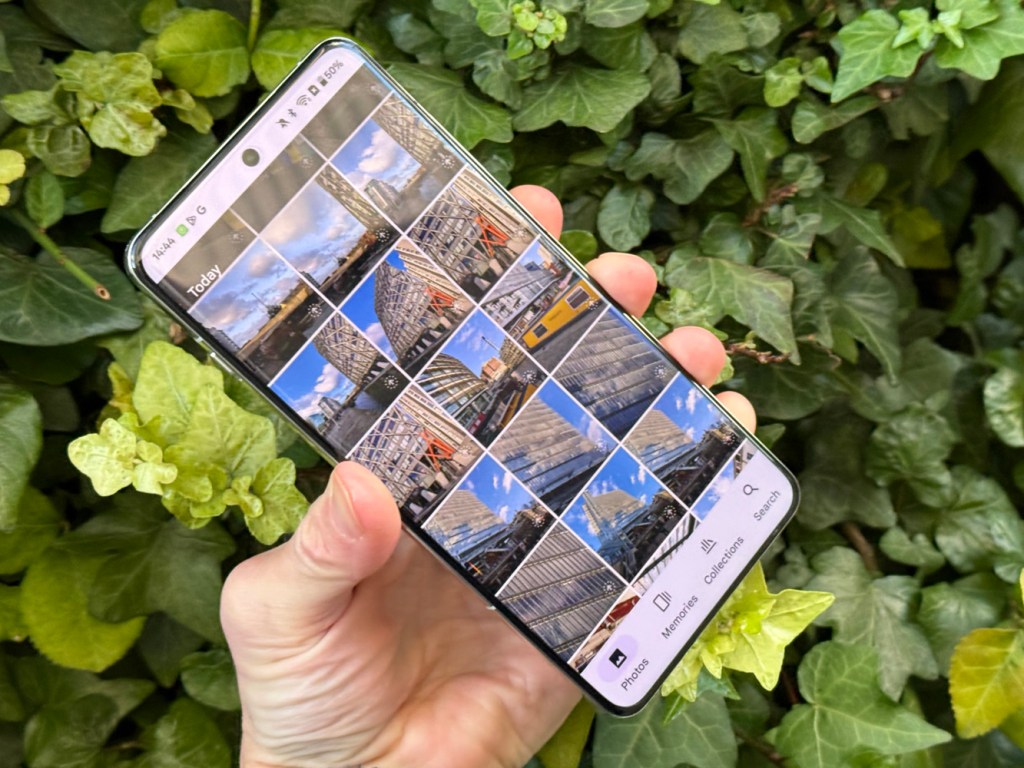
The display is the same size as last year’s, with 6.82in seemingly as big as many Android makers want to get today. The screen’s specs are impressive too: 1440p resolution, a 1-120Hz adaptive refresh rate and 4500 nits of peak brightness mark it out as suitably flagship-worthy. For many, it will be a noticeable step up in quality compared to any Android from just a couple of years ago.
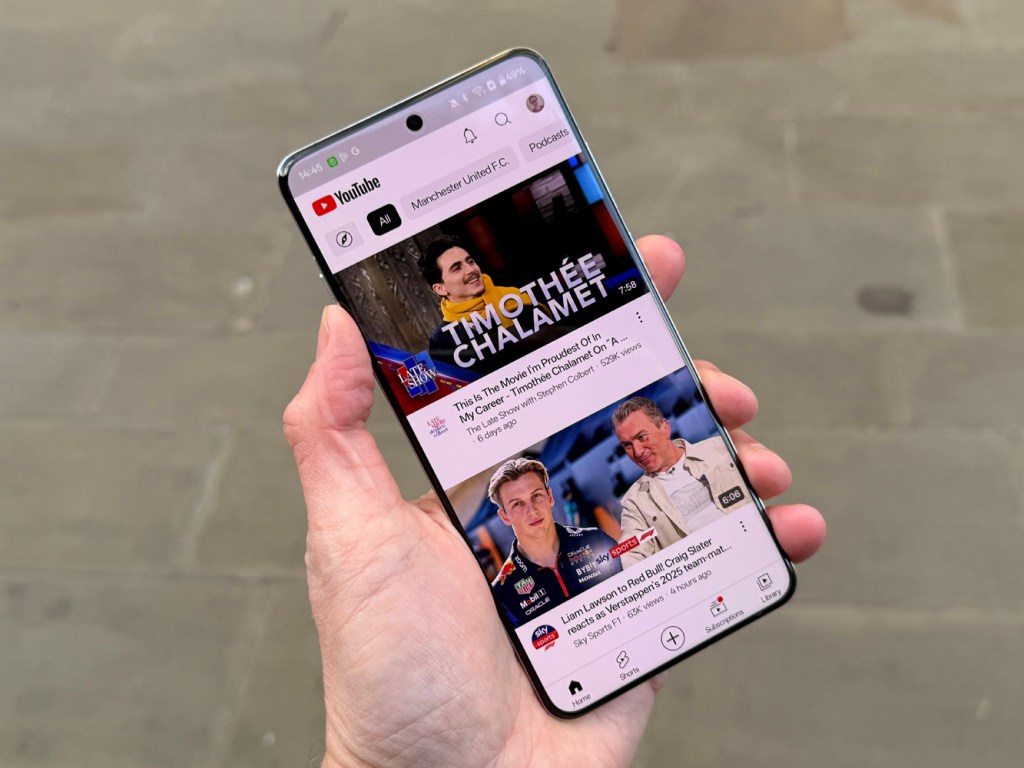
This time around there’s also an ultrasonic fingerprint sensor under the screen for greater accuracy, and so far it’s worked every single time for me … although, if you have facial recognition turned on, you’ll not often need to use it.
Cameras: a triumphant trio
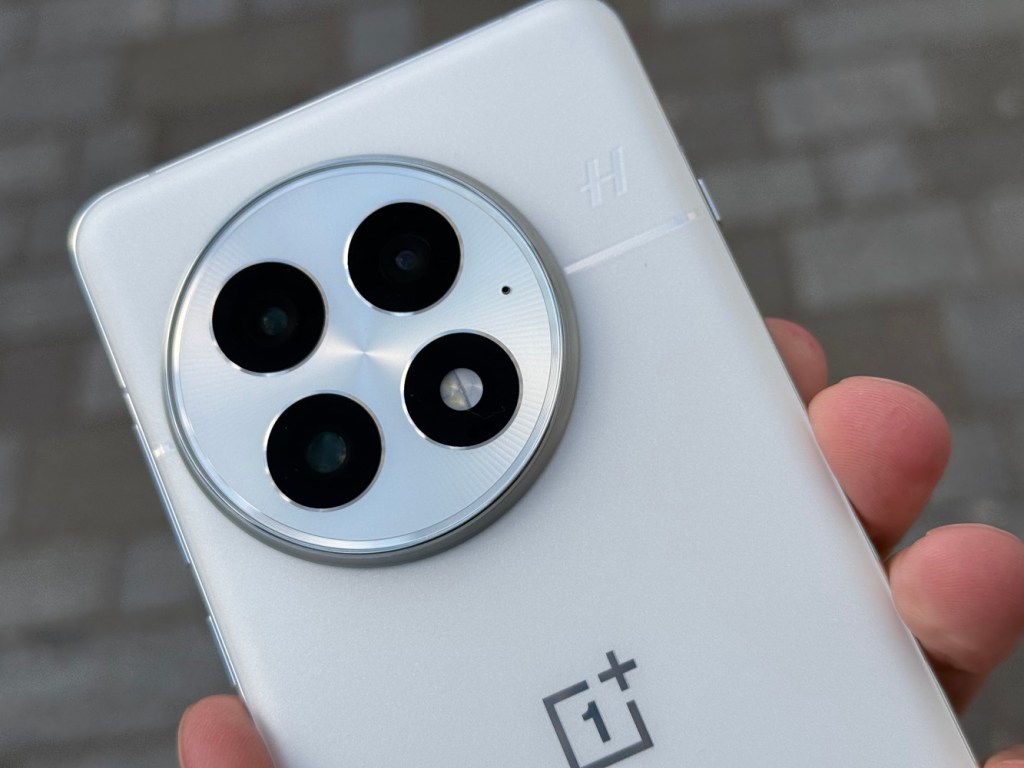
Time to give the cameras a proper workout. Although the main cam is the same as the one in the 12, the 120° ultrawide is also capable of macro shots, and there’s now a 3x ‘triprism’ telephoto with optical image stabilisation.










What you don’t get is the iPhone-style camera control button of the 13’s very similar sister phone, the Oppo Find X8 Pro. That won’t feel like a miss for 99.9% of the people who buy this phone, but I have been using an iPhone 16 Pro since September so it feels a little strange for me not to have it there. Instead, you get the OnePlus alert slider, which is always welcome.










As expected, everyday images are excellent from this upgraded setup, with vibrant colours and crisp, clear images in good light. OnePlus has a little way to go on low-light performance, though.
Performance and battery life: speed and reliability

Everyday performance has been brilliant. I shouldn’t be surprised, really: the Snapdragon 8 Elite CPU has more power than most phone owners will ever need.
There’s also a 6000mAh battery that will easily last a day and most of the next; lightning-fast 100W wired and 50W wireless charging (though appropriate chargers are sold separately); and up to 24GB of RAM and 1TB of storage.
The level of water resistance has been improved: IP69 instead of the IP65 rating of the OnePlus 12.
Software: a lighter touch than ever
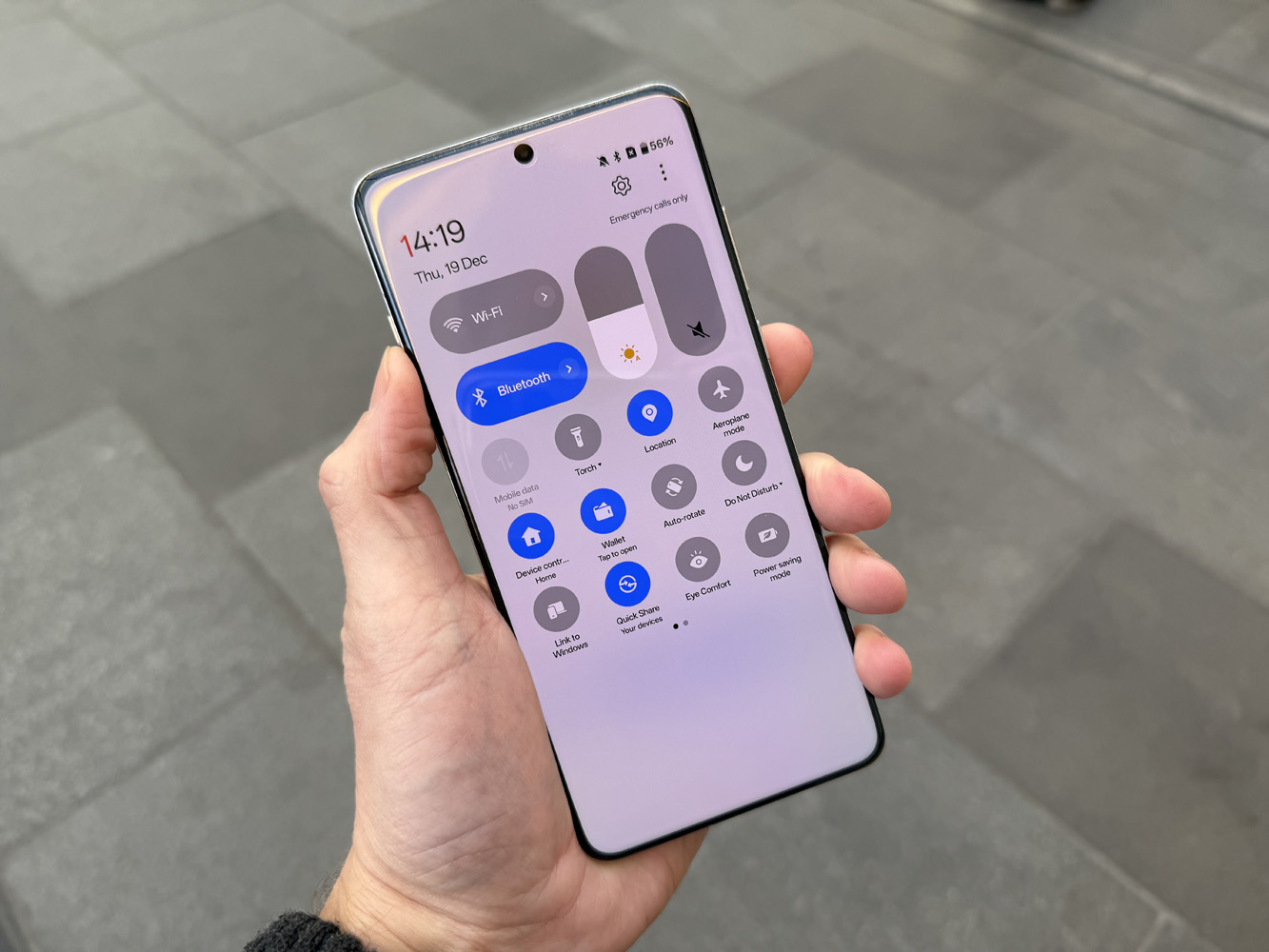
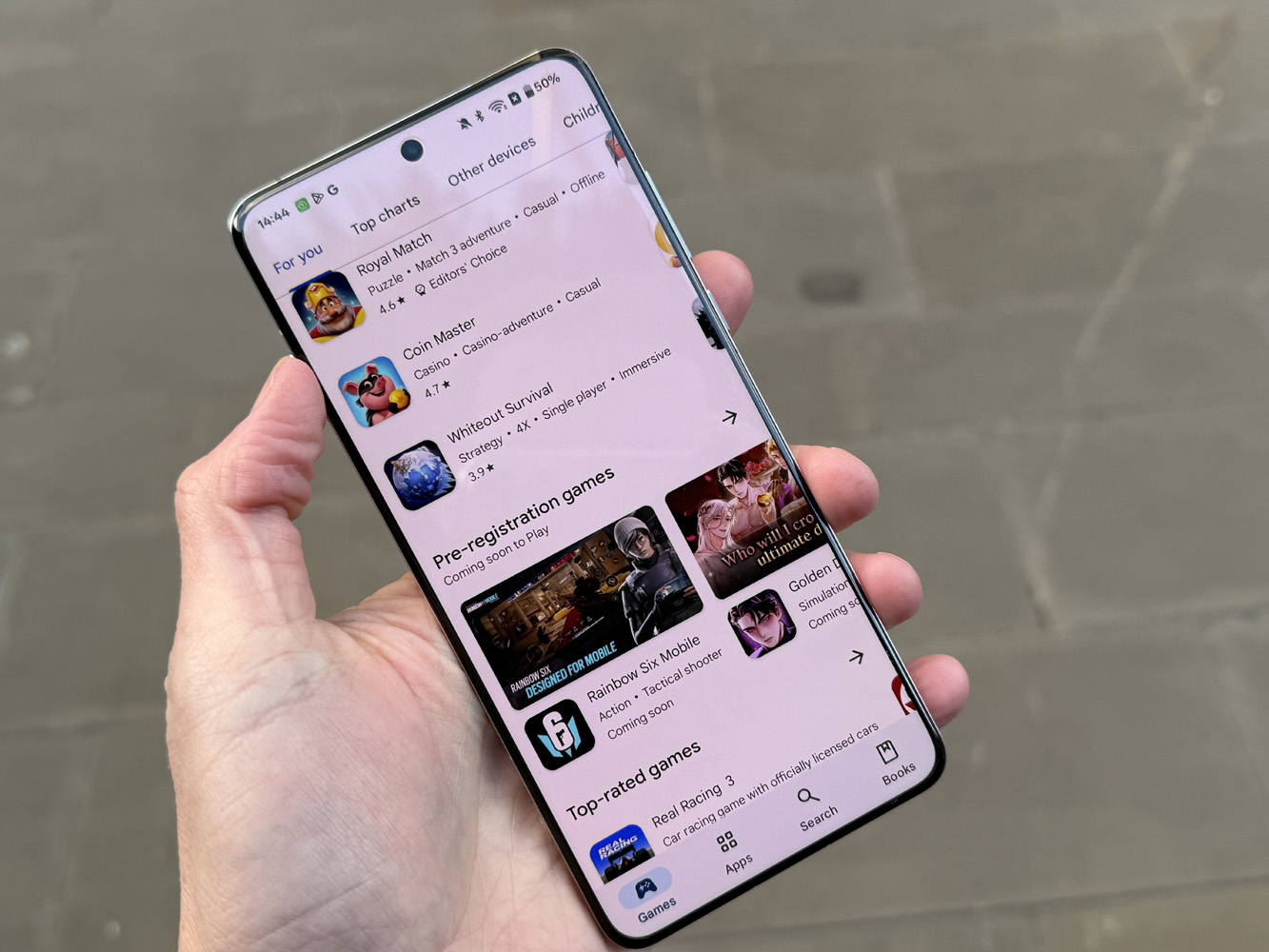

If you go through the phone’s simple registration process, it’s clear that the 13’s OxygenOS 15 software has become an ever more ‘light touch’ reworking of Android 15. It’s a long way from the over-designed interfaces that marked the early days of smartphones.
OnePlus has never been one for onerous software, but with the continuing influence of sister company Oppo’s ColorOS there was always the possibility it would become worse to use. In fact, the opposite has been the case: anybody aside from Google Pixel purists will find OxygenOS pleasant to live with.
OnePlus 13 owners will get four new Android generations of software feature updates and five years of security updates.
OnePlus 13 verdict
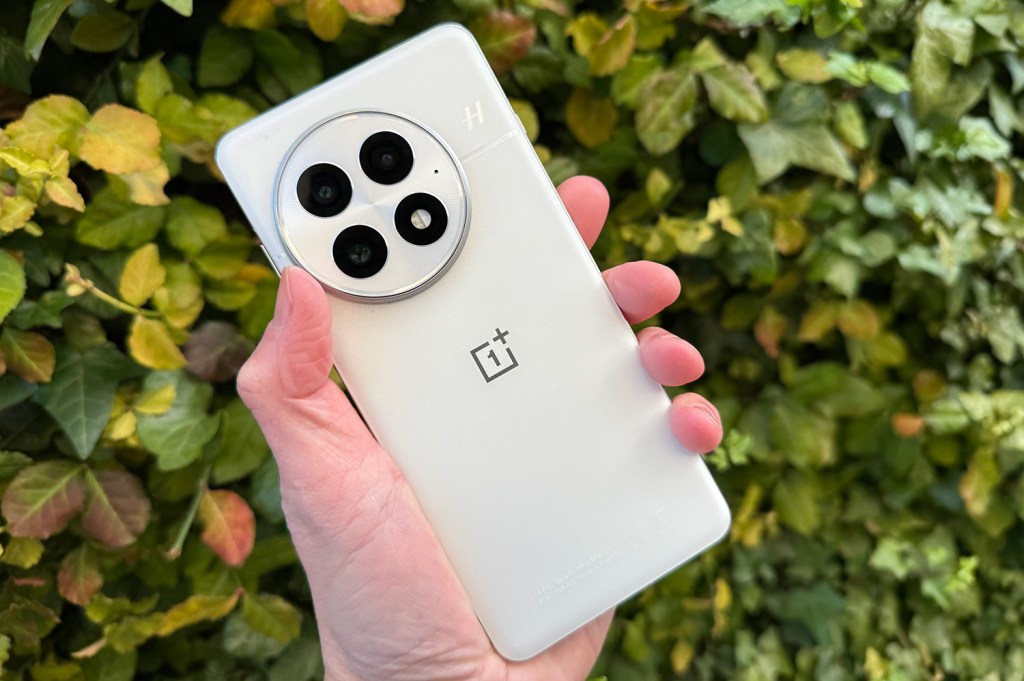
After a fortnight with the OnePlus 13, it’s clear this is a very natural step on from last year’s top Android flagships. Is it significantly better than last year? Well, no.
The camera has some nice upgrades and the screen is the best there is. But this is not a revelation, just more of the brilliant same.
Stuff Says…
OnePlus adds some decent updates to what was already a great flagship
Pros
The screen is absolutely beautiful
Excellent battery capacity and longevity
Super-powerful thanks to the Snapdragon 8 Elite
Cons
Doesn’t have Oppo’s dedicated camera button
Only a relatively small step on from the OnePlus 12
OnePlus 13 tech specs
| Screen | 6.82in 3168×1440 120Hz OLED |
| Processor | Snapdragon 8 Elite |
| Memory | 16GB |
| Storage | 256/512GB |
| OS | Android 15 + OxygenOS 15 |
| Cameras | 50+50+50MP rear, 32MP front |
| Battery | 6000mAh (USB-C or Qi charging) |
| Dimensions | 163x77x8.5mm |
| Weight | 213g |


